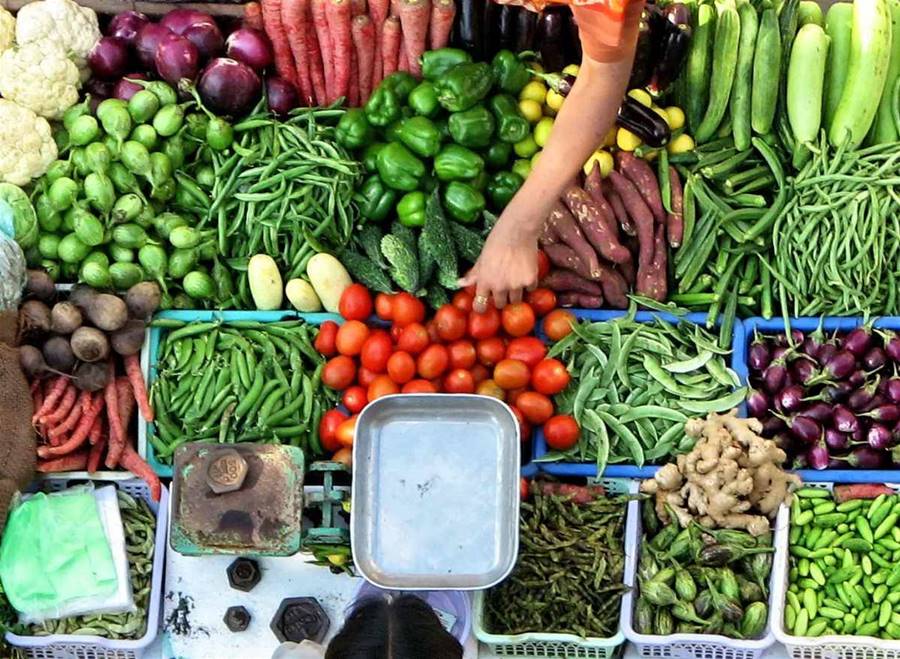

Vegetables, especially non-starchy vegetables, are a healthy and important part of your diet. They’re packed with vitamins, minerals, disease-fighting , and fiber.
Studies show a vegetable-rich diet can help and reduce your risk of:
This article looks at which vegetables are starchy and non-starchy vegetables and how to add non-starchy veggies to your daily diet.

Non-starchy vegetables are low in calories and . Starchy vegetables, such as corn and potatoes, contain more carbohydrates, and, therefore, more quickly increase your
.In addition to adding key nutrients to your diet, non-starchy vegetables add texture, flavor, bulk, and rich color to any meal.
Typically, non-starchy vegetables contain roughly the following per serving of 1/2 cup cooked or 1 cup raw (without any added fat):
The non-starchy vegetable group is a large one. You have a lot of options to choose from, including some from each type of vegetable.
Non-starchy green vegetables include:
Lettuces and greens in the non-starchy category include:
Some non-starchy red and orange vegetables are:
Beans, peas, and legumes on the non-starchy list include:
Other non-starchy veggies are:
Starchy vegetables are higher in carbohydrates and increase your blood sugar more than the non-starchy ones. That’s important to keep in mind if you have diabetes or are on a .
You don’t need to cut these veggies completely out of your diet, but you may want to limit them to a quarter of your meal or less.
Starchy vegetables include:
The starch content you get from these varies depending on how they're cooked. They're healthiest when they’re:
If you’re cooking vegetables in oil, choose a healthy oil such as extra virgin olive oil, and use as little as possible.
If possible, purchase produce that’s in season. You’ll reduce your carbon footprint by purchasing local produce. The less time the vegetables spend traveling, the better their taste, too.
If your vegetables tend to spoil before you eat them, consider frozen versions. Nutritionally, frozen vegetables are equal to—or even better than—fresh vegetables. That’s because they’re flash-frozen at peak freshness, which retains vitamins and minerals.
Frozen vegetables are also easy to prepare because they’re already washed and cut up.
You can prepare non-starchy vegetables in numerous ways.
Non-starchy vegetables are pretty versatile.
Here are a few more tips for getting non-starchy vegetables into your diet:
Eating three to five servings of non-starchy vegetables per day is a great way to get more fiber and nutrients into your diet.
Non-starchy vegetables can be added to omelets, salads, sandwiches, soups, and more to help keep you full and balance your blood sugar.
Choose frozen or fresh seasonal produce and consider going the organic route for vegetables that are high in pesticides.

